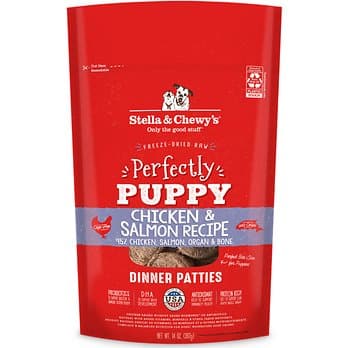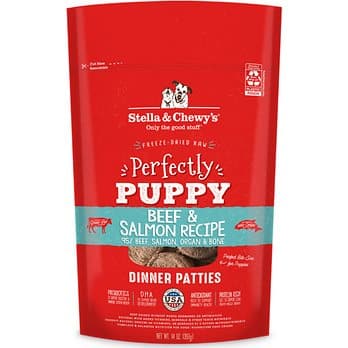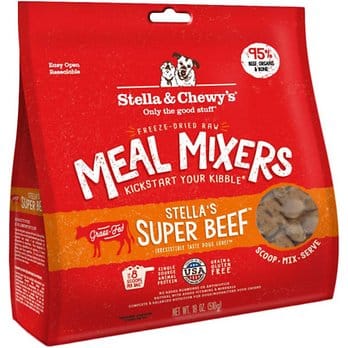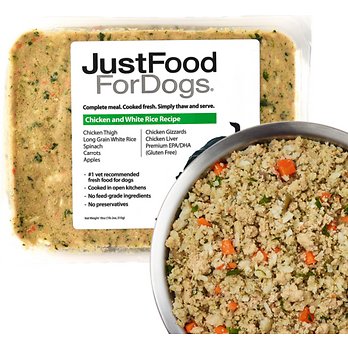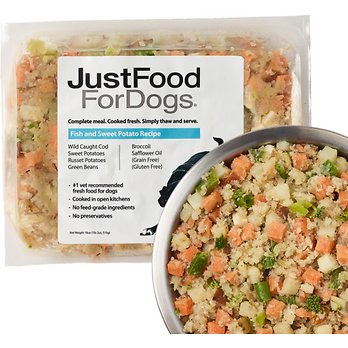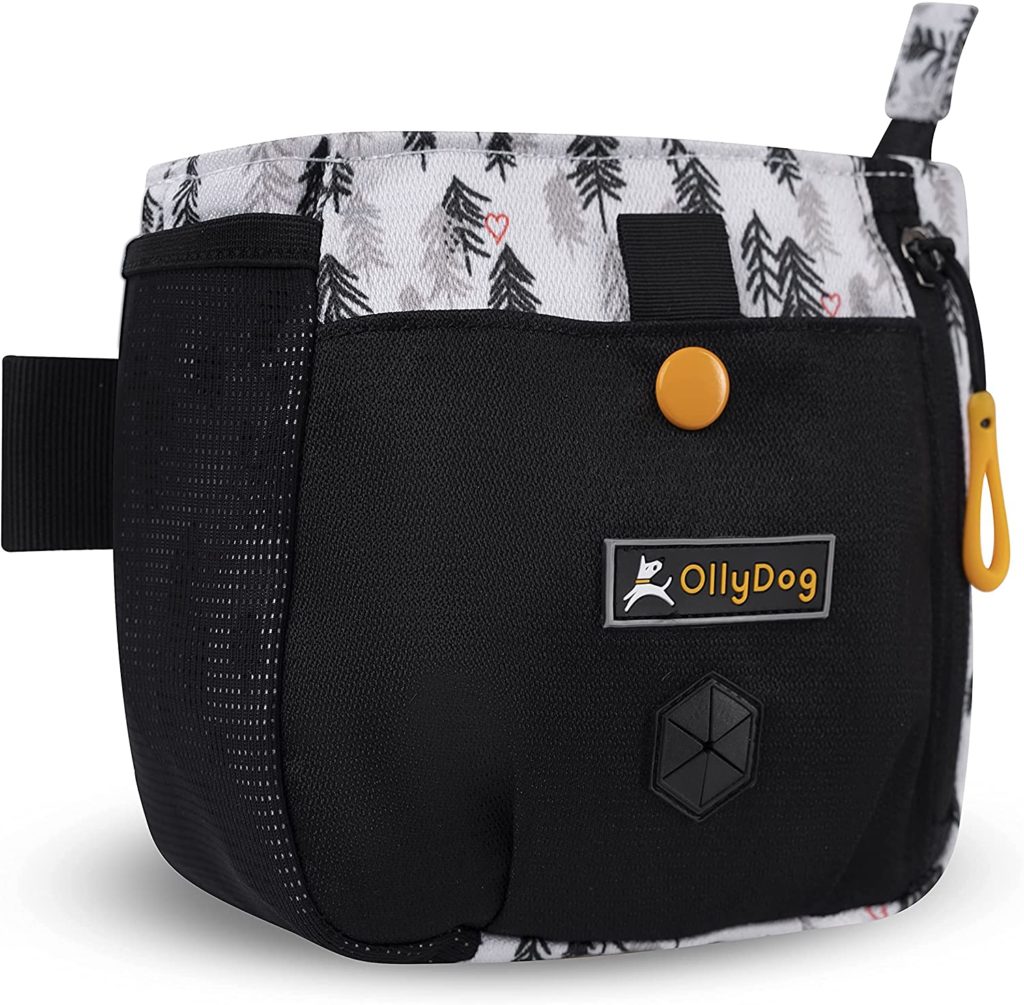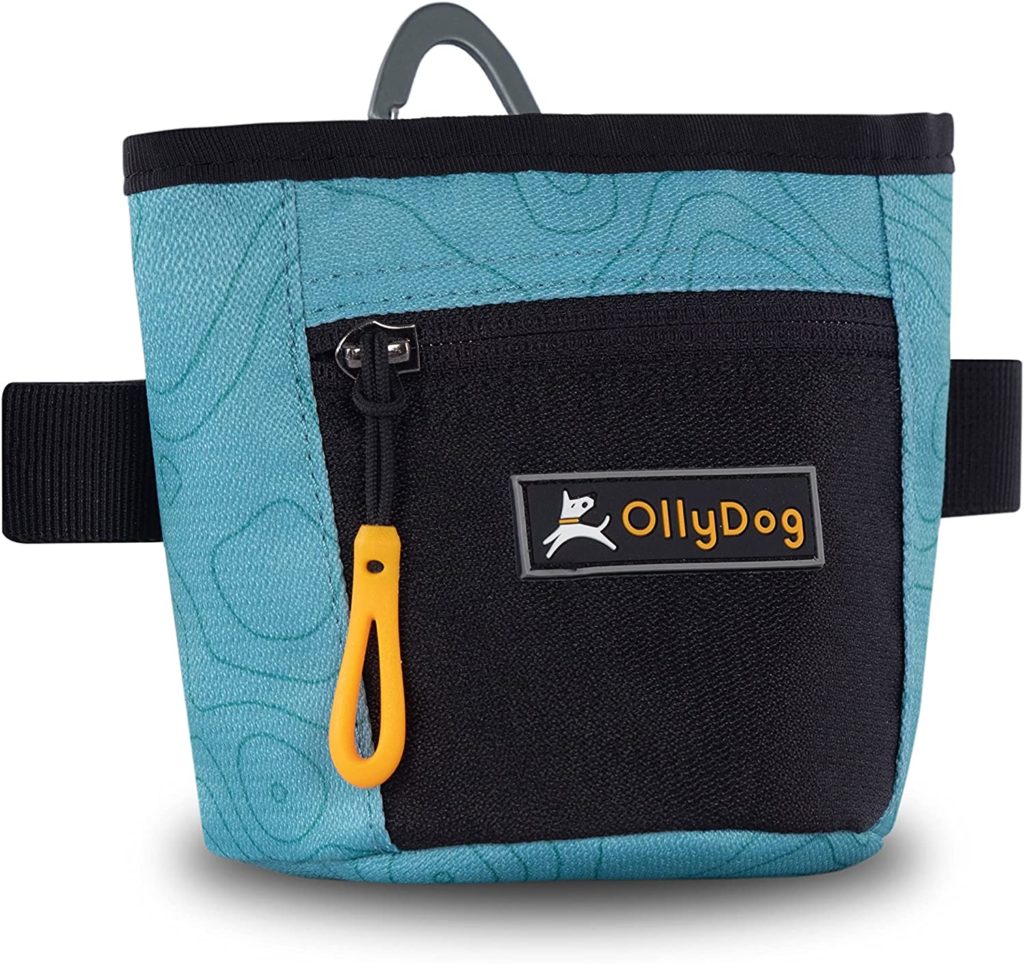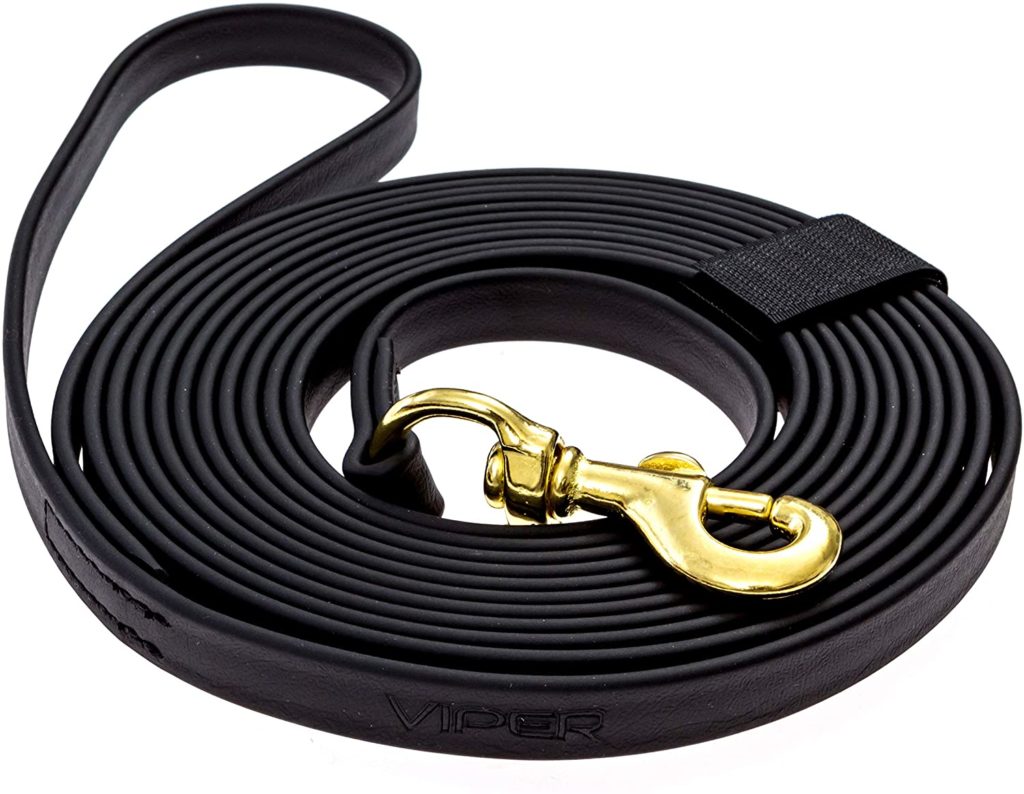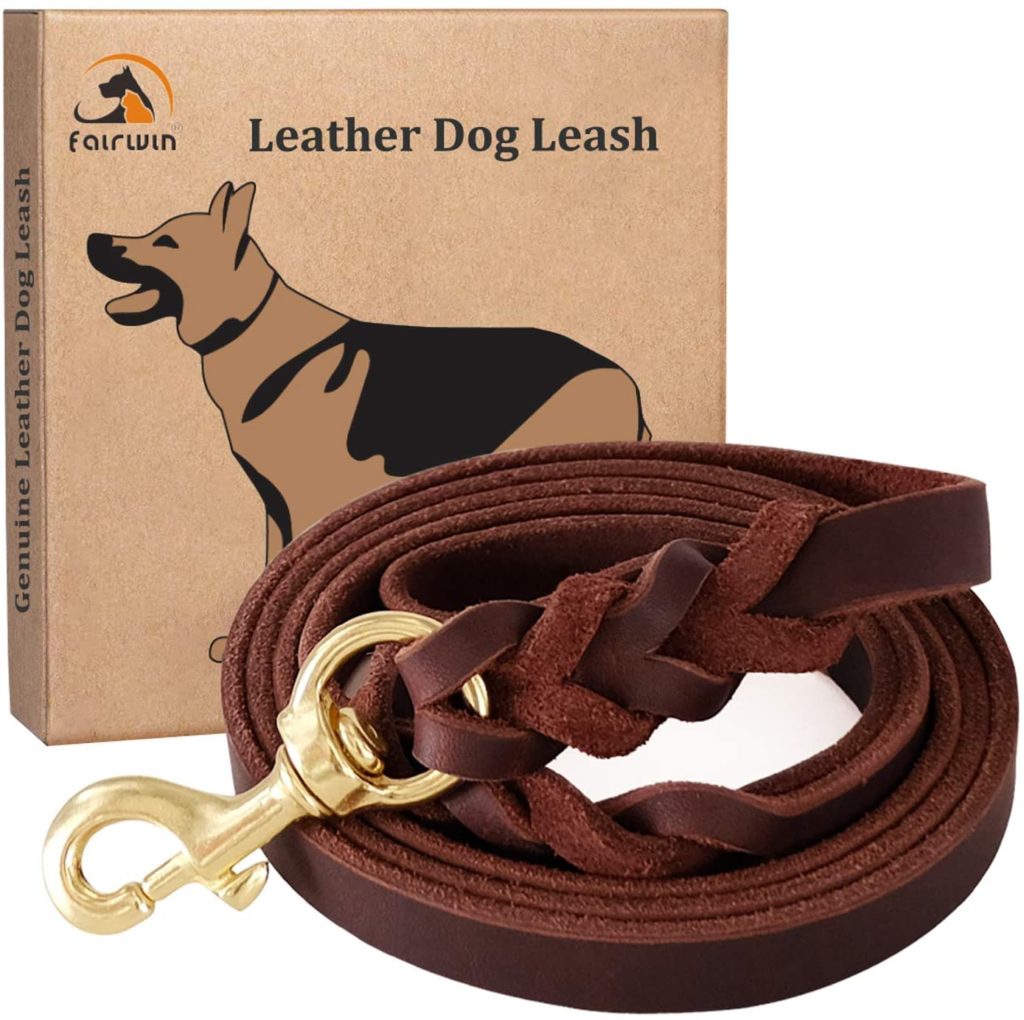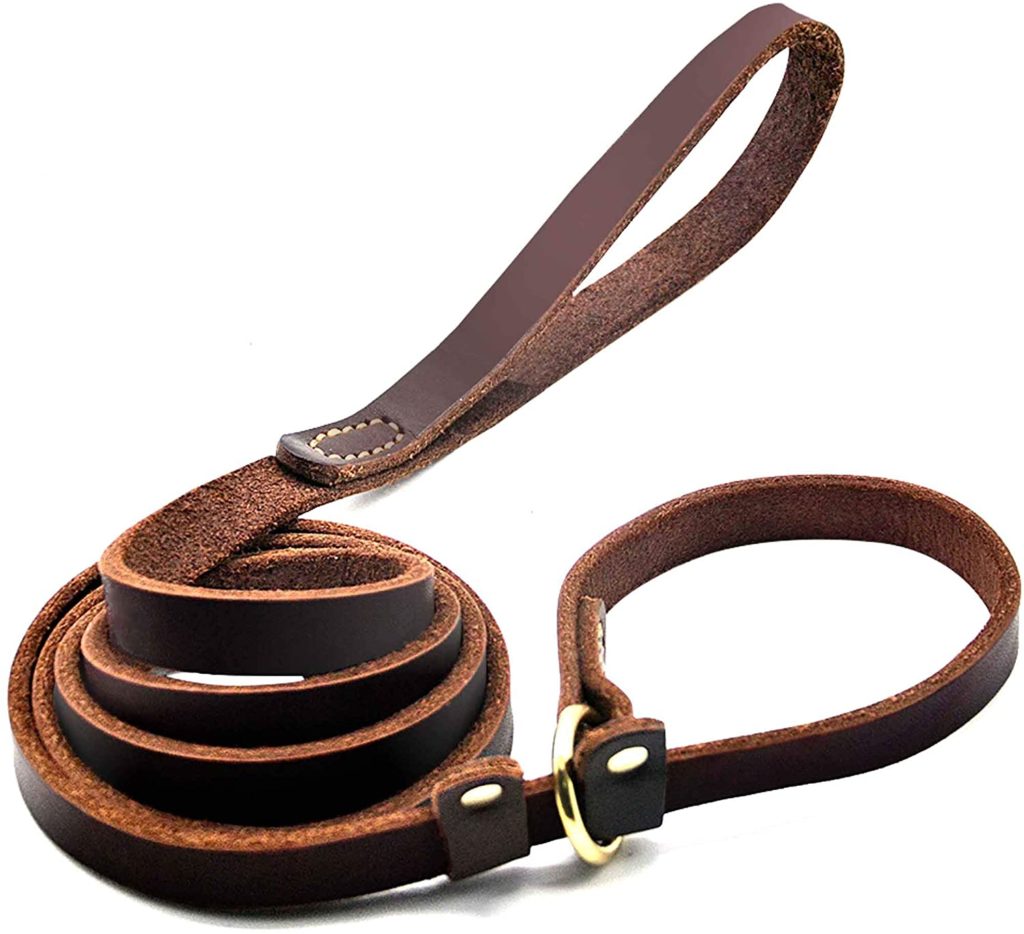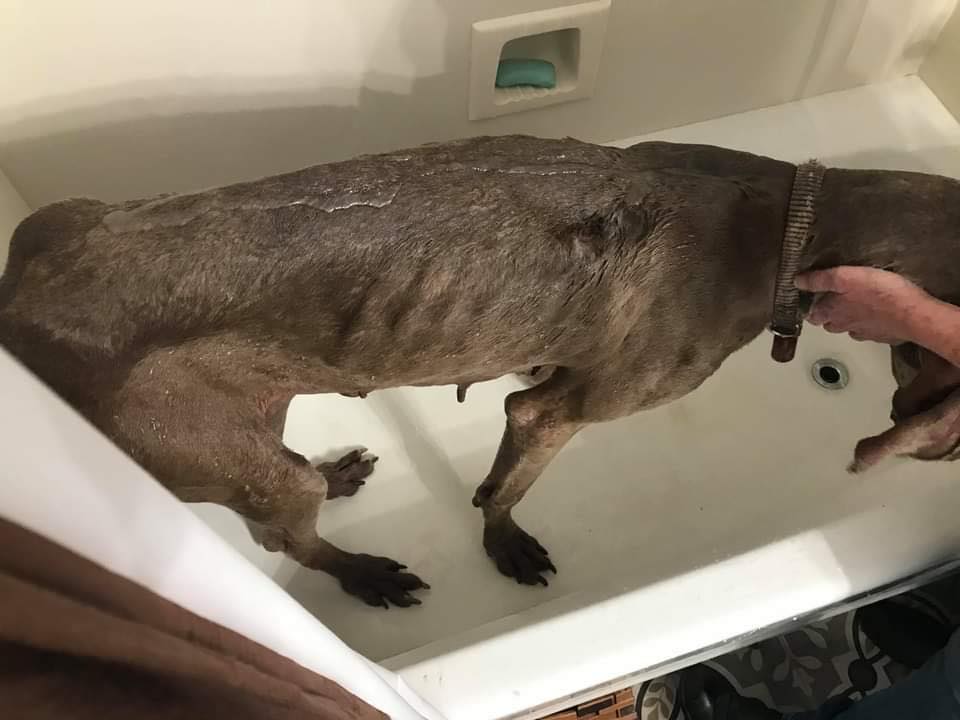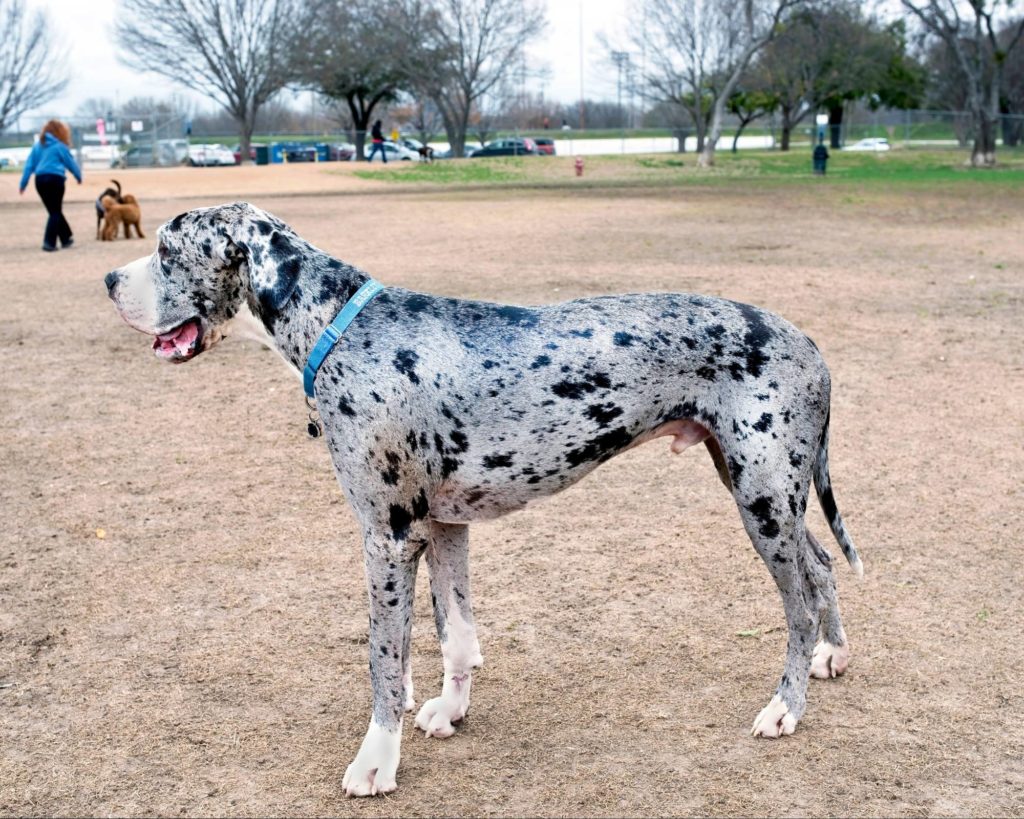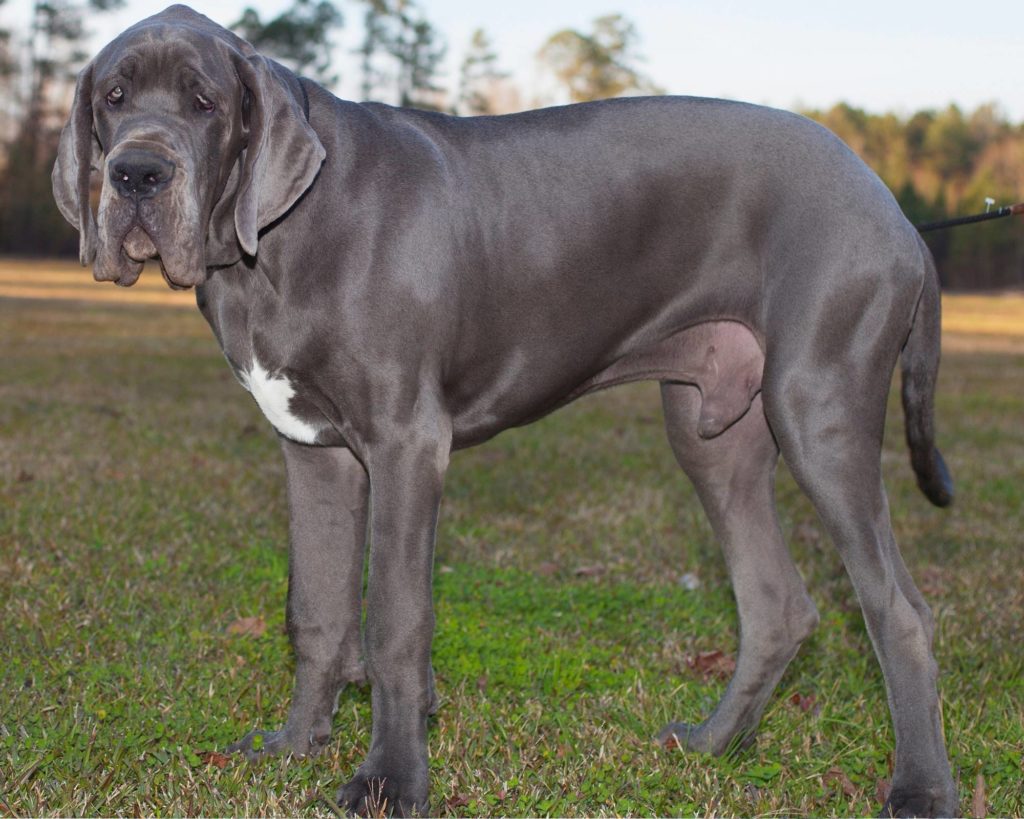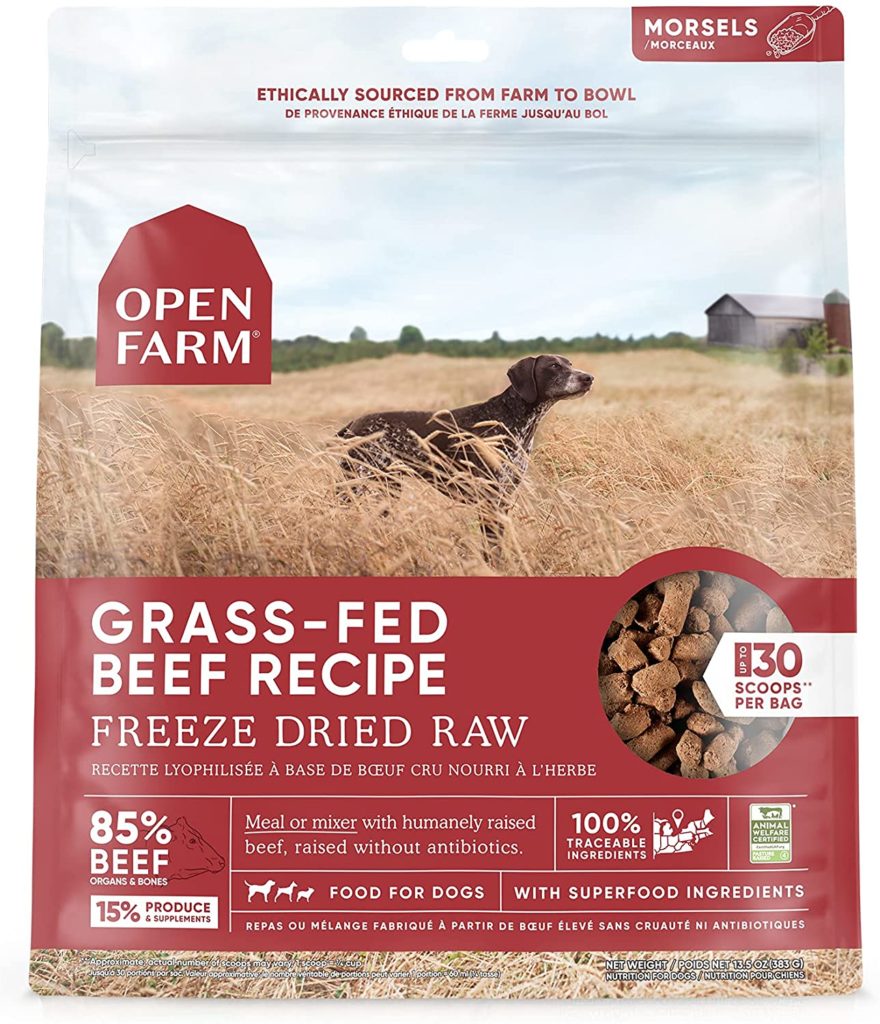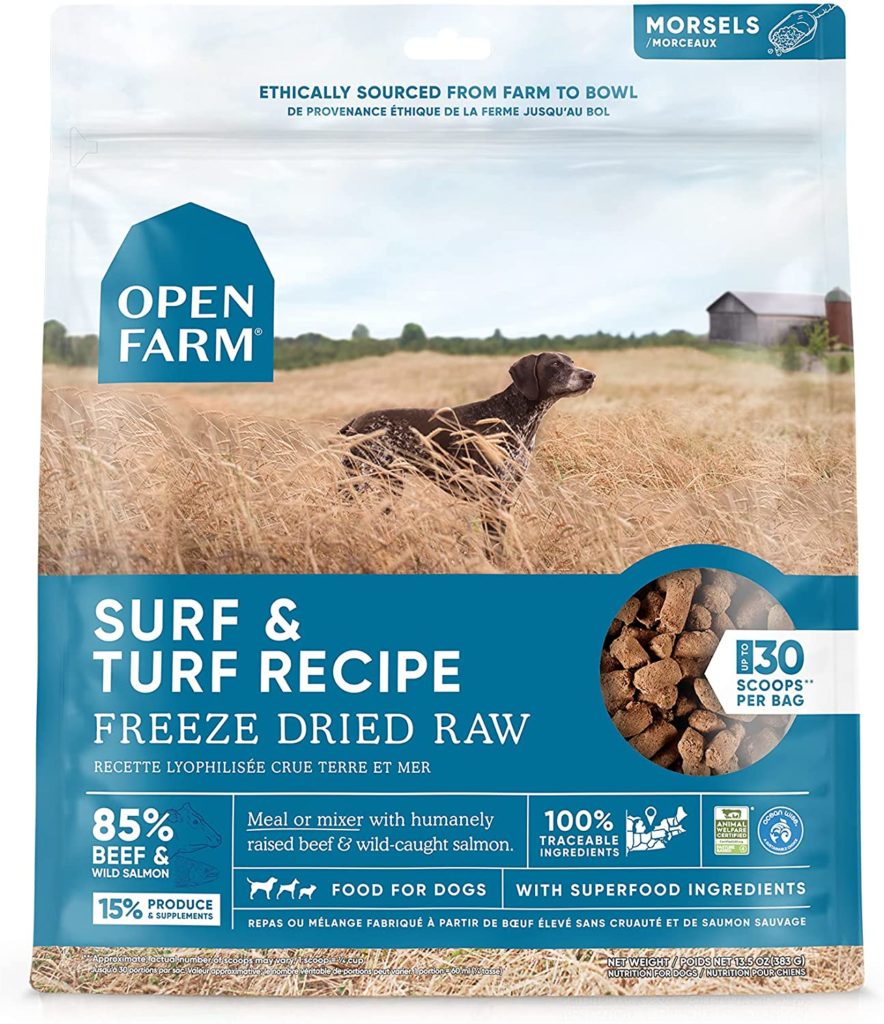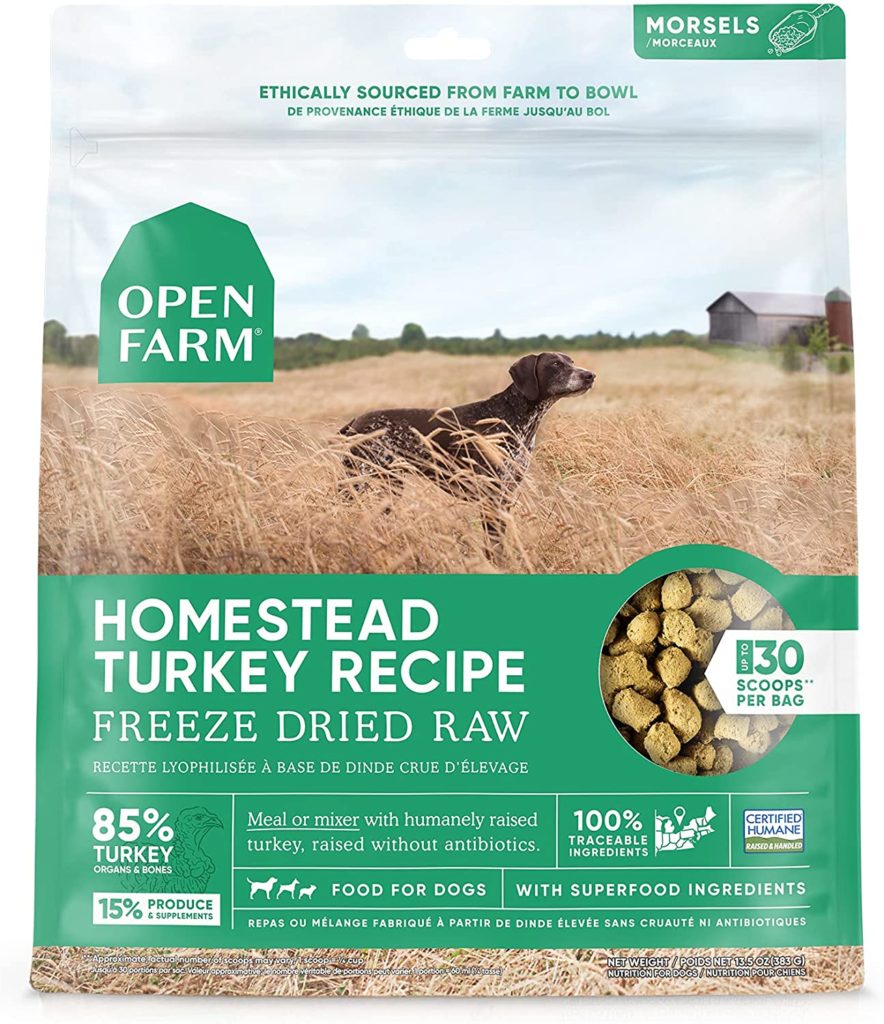Overweight and fat Great Danes face serious health risks to their longevity and life.



Did you know that Great Danes are one of the breeds of dog that are most commonly overweight? A dog’s weight creates MANY issues.
An overweight Great Dane faces so many medical problems, in fact, that it can lower their entire lifespan.
Fat Great Danes Face Serious Health Risks: Even Early Death
Believe it or not, even science says so. A study conducted by Banfield Pet Hospital found that the lifespan of overweight dogs was 2.5 years shorter on average than their peers who maintained a completely normal weight / muscle mass.



This is a serious health risk for these dogs, and can lead to a number of health problems. In this blog post, we will discuss the health risks associated with obesity in Great Danes, and what you can do to help keep your dog healthy and fit.
Great Dane Puppies, Food Intake, and Keeping the Perfect Weight
Congratulations on your new Great Dane puppy!
Starting now, the first thing you should know as a pet owner is that within a blink of an eye, Great Dane puppies turn into a full grown adult Great Dane. Because they grow SO FAST, it is absolutely crucial that you monitor your puppy Great Dane’s growth.
Does excess weight matter with my puppy?
Too much weight gain absolutely matters with your adorable, squishy Great Dane puppy. While your puppy is active and energetic, it is the very time to set them up for proper growth to minimize future health issues.
Adding too much quick weight gain and unnecessary gained weight adds extreme pressure onto your puppies joints. Large dogs grow rapidly when they are less than 2 years old. If a puppy gains too much weight, it can put strain on their joints and lead to health problems later in life. Below you will see a Great Dane growth chart, but please remember NOT ALL puppies will fit into this chart:
IDEAL: Animal feeding tests using AAFCO procedures substantiate that [THIS FORMULA] provides complete and balanced nutrition for all life stages, including growth of large sized dogs (70 lb. or more as an adult).
MODERATELY ACCEPTABLE: [THIS FORMULA] is formulated to meet the nutritional levels established by the AAFCO Dog Food Nutrient Profiles for growth of puppies and maintenance of adult dogs, including growth of large sized dogs (70 lb or more as an adult).
NOT ACCEPTABLE: [THIS FORMULA] is formulated to meet the nutritional levels established by the AAFCO Dog Food Nutrient Profiles for maintenance of adult dogs.
QUESTIONABLE: [THIS FORMULA] is formulated to meet the nutritional levels established by the AAFCO Dog Food Nutrient Profiles for all life stages.
Feeding the right quantity of food and keep track of your Great Danes ribs
The best way to ensure a healthy weight is to feed your puppy a high-quality dog food that is designed for their stage of life. Puppies need more calories than adult dogs, so they should be fed a food that is high in protein and fat.
You can also talk to your vet about how much your puppy should eat each day and what the healthy weight ranges are for Great Danes.
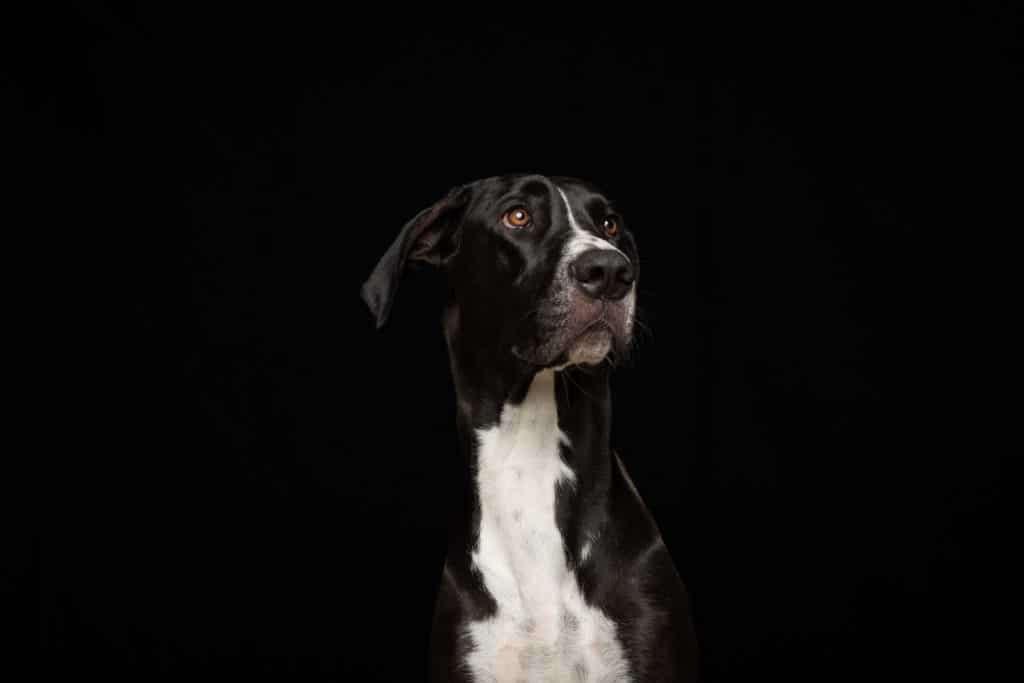
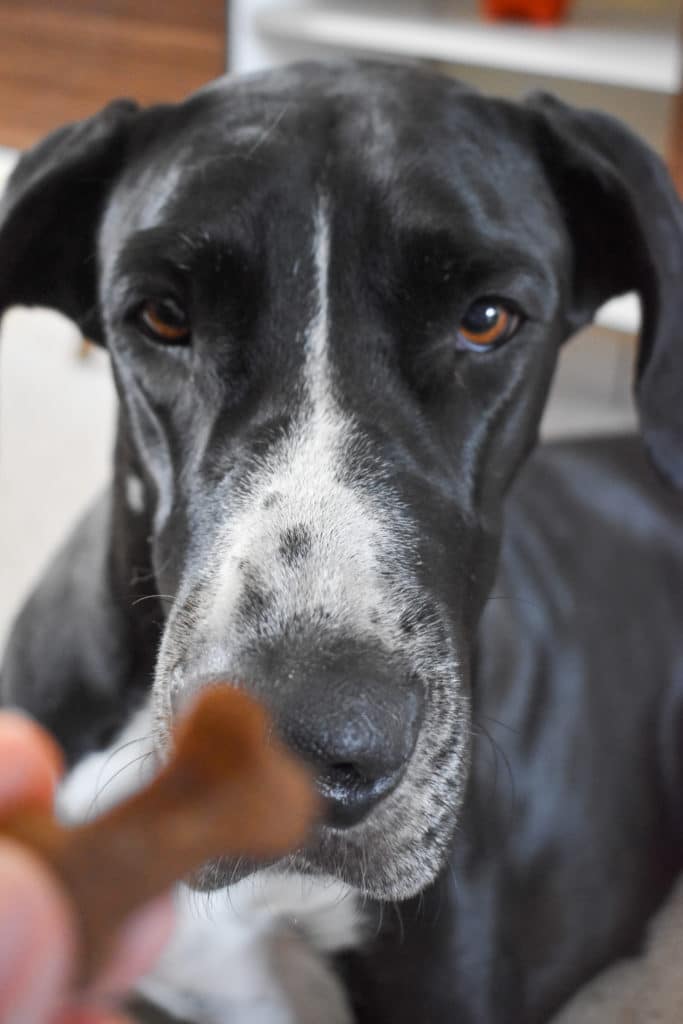
Monitor every growth spurt with large breed dogs
Watch your puppies food intake closely and be sure to keep them on an appropriate amount of food. If you choose to ‘free feed’, it is best to measure a day’s worth of food out in the morning, so that you always know how much they are eating.
Be sure to research which puppy food you would like to give, and do your research EARLY- as it is best for your dog’s health NOT to switch foods often, if at all. If you are looking for our puppy food resources, you can find them here:
Knuckling in a growing Great Dane puppy
When your giant breed puppy experiences a large period of growth, watch their joints closely. Knuckling is a huge issue in Great Danes and can be related to feeding the wrong puppy food, giving too many calories or the wrong calories, switching pet food too many times, slippery floors, weak feet, leg muscles or hip bones, etc. If you wonder if your Great Dane is knuckling, be sure to check out some resources here:
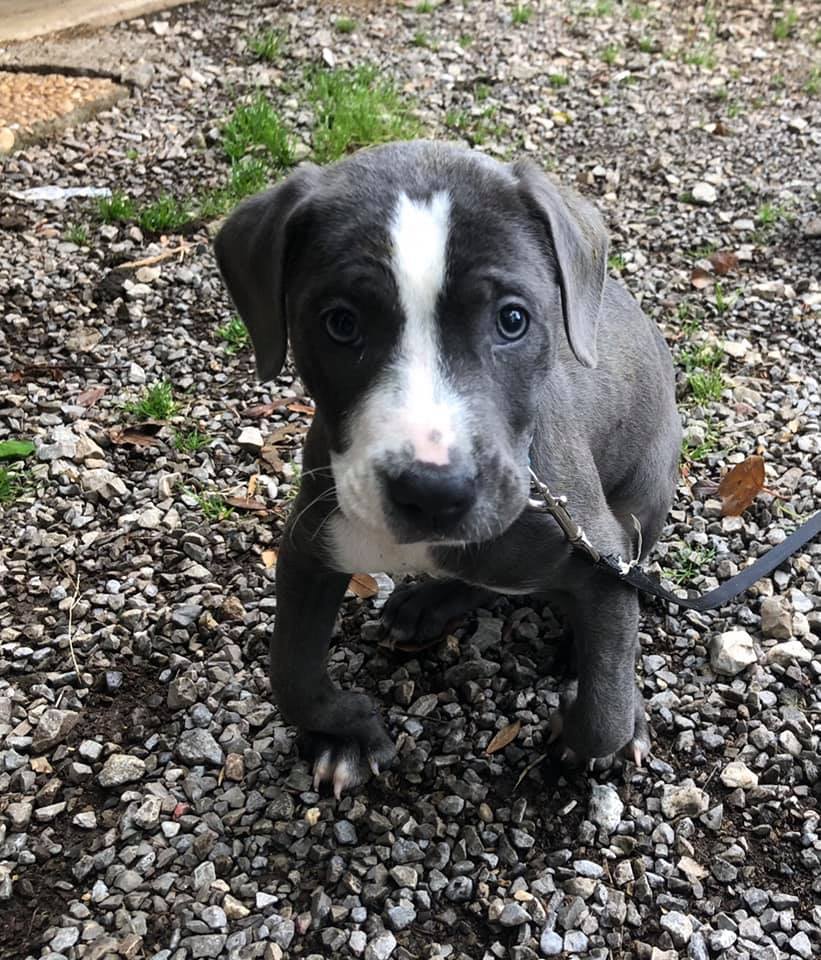
IS YOUR GREAT DANE PUPPY KNUCKLING?
Check out our science-based and constantly growing knuckling resource page.
The ‘Rib Check’ in a Great Dane
A Great Dane’s ribs shouldn’t be hidden by too much flesh. You should be able to see the ribs of your Great Dane easily as well as feel them with your fingers and palm of your hand. If you can’t, your dog may be overweight and could benefit from weight loss.
Conduct the Rib Test
To check if your great dane is at a healthy weight, place your hands on their rib cage, just behind the last rib bone. You should be able to feel their ribs without too much pressure. If you can’t, your dog may be overweight.
The last thing you want is for your dog to become too fat! If I can’t see any ribs then try lowering food intake by 5% until body leans out and you are able to feel the ribs of your Great Dane, which implies a more healthy weight.
Why Did My Great Dane Gain Weight Suddenly?
Dog’s go through many different phases of life and there could be many reasons why your Great Dane suddenly put on weight.
Spay / Neuter
Spaying and Neutering dogs will cause them to gain quickly. This is because when you Spay or Neuter a dog, their metabolism slows down and they no longer need as many calories as they did before the surgery. You should consider waiting to spay / neuter your Great Dane until they are matured at around age 24 months to allow them to maintain a healthy weight and experience each hormonal life stage necessary for a large dog.
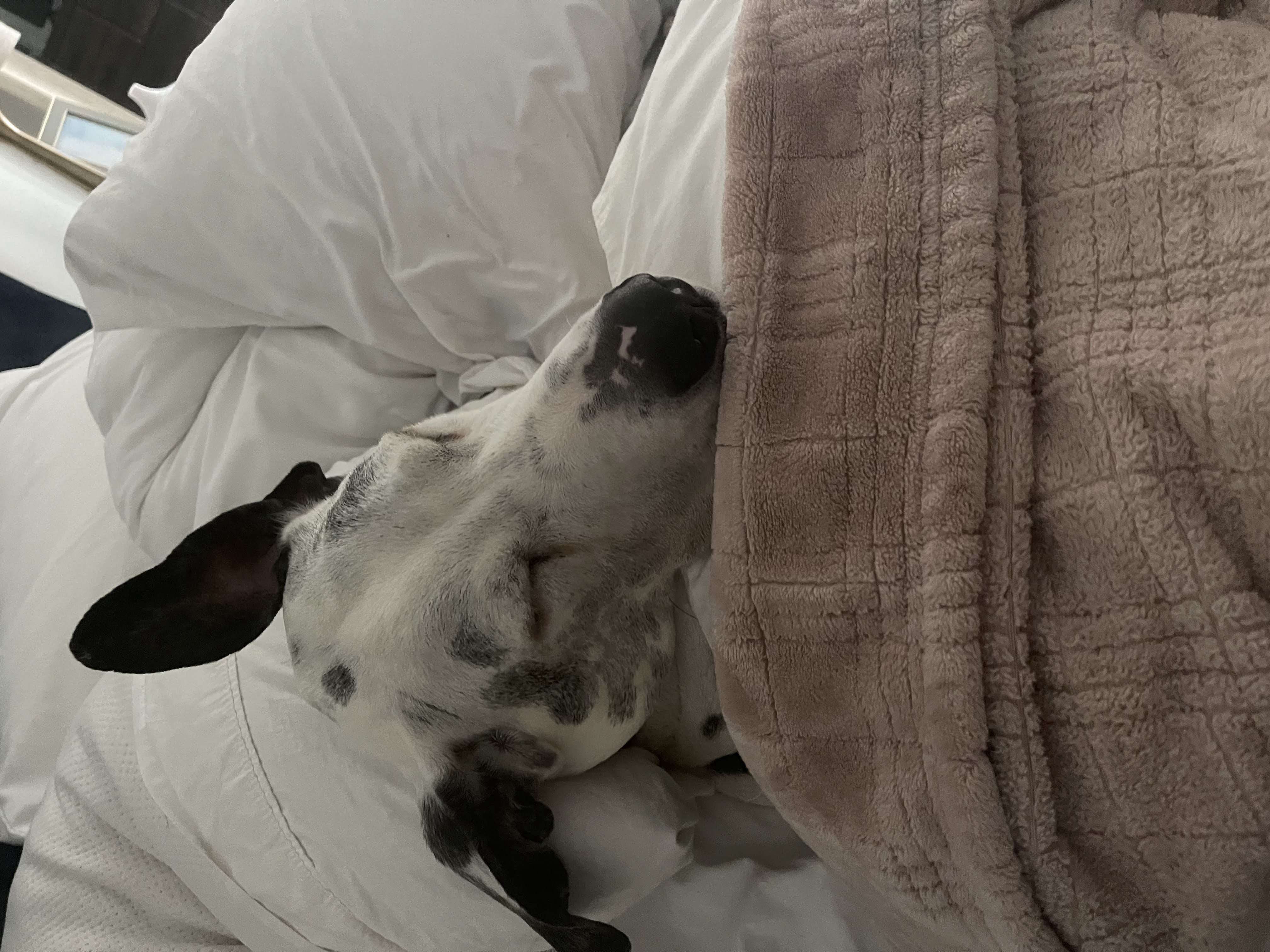
Can early spay or neuter hurt your dog? Check out our blog here.
Lactation
Nursing mothers will also gain weight quickly as their bodies prepare for motherhood. This is normal and healthy, but once the puppies are weaned, the mother’s weight should level out.
Old Age
As dogs age, their metabolism slows down and they become less active. This can cause them to gain weight even if they are eating the same amount of food as they did when they were younger. If your senior dog has unexpected weight gain, consider joint-friendly activities like swimming.
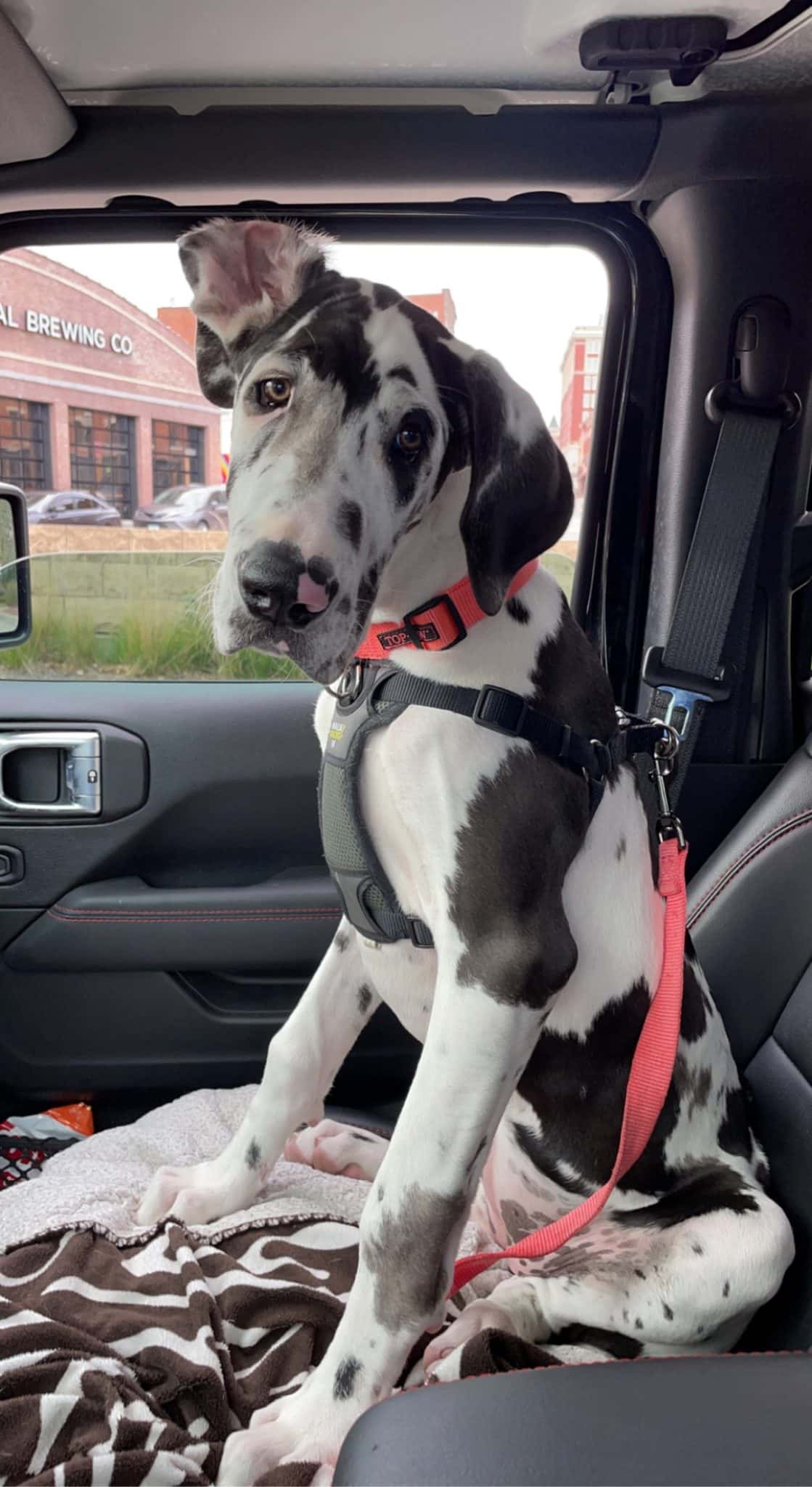
How long do Great Danes live? Read more here.
Inactivity
If your dog is not getting enough exercise, they may start to gain weight. Dogs need at least 30 minutes of exercise a day, and sometimes more if they are a high energy Great Dane. There are low impact exercises and activities that are great for a big dog like a Great Dane. Going about their day-to-day without activity even just for a week or two can cause weight gain in a Great Dane.
Check out our blog about whether or not you should go running with your Great Dane:
Health Conditions
There are some health conditions that can cause dogs to gain weight suddenly. These include Cushing’s disease, hypothyroidism, and diabetes. If you think your dog may be sick, please take them to the vet for a checkup. Digestive issues can also cause dogs to gain weight, lose weight or have unexplained fluctuation. Worm infestation can cause your dog to have an inability to absorb nutrients.
Obesity in Great Danes
Obesity is a serious health concern for dogs of all breeds, but it is especially dangerous for giant breeds like the Great Dane. Obese dogs are at risk for joint problems, respiratory difficulties, diabetes, and other health issues.
How to Help Your Adult Great Dane With Weight Loss
If you have determined that your dog needs to lose weight, do not worry, as there are manageable methods that you can use to help your Great Dane slim down.
Tip 1: Examine What Dog Food Your Great Dane is Eating
One of the best ways to help your Great Dane lose weight is to examine the nutrition label of their dog food.
You should be looking at the calorie content and the amount of fat in the food. Great Danes need special food to keep them healthy. The right kind of cuisine will ensure that your Great Dane’s weight remains stable, his joints don’t GET worse and he grows into an adult who has strong structures with no fractures or problems growing bones! Ingredients actually DO matter when caring for our furry friends properly…
Click here for what we believe the best food is to feed your dog.
Tip 2: Choose What Treats Your Dog Eats Wisely
One of the easiest ways to help your dog lose weight is to cut back on the number of treats you give them. This doesn’t mean you have to stop giving them treats altogether, but you should limit their treat intake to only a certain amount, and also the RIGHT kind.
Not all dog treats are created the same. Some dog treats are packed with way more protein and fat than others, and should actually be considered apart of their diet. Otherwise with their meals they are already getting enough food, but then you add more.
Choosing a healthy diet also means choosing what treats you provide. For your convenience, we put together some of our favorite treats here:
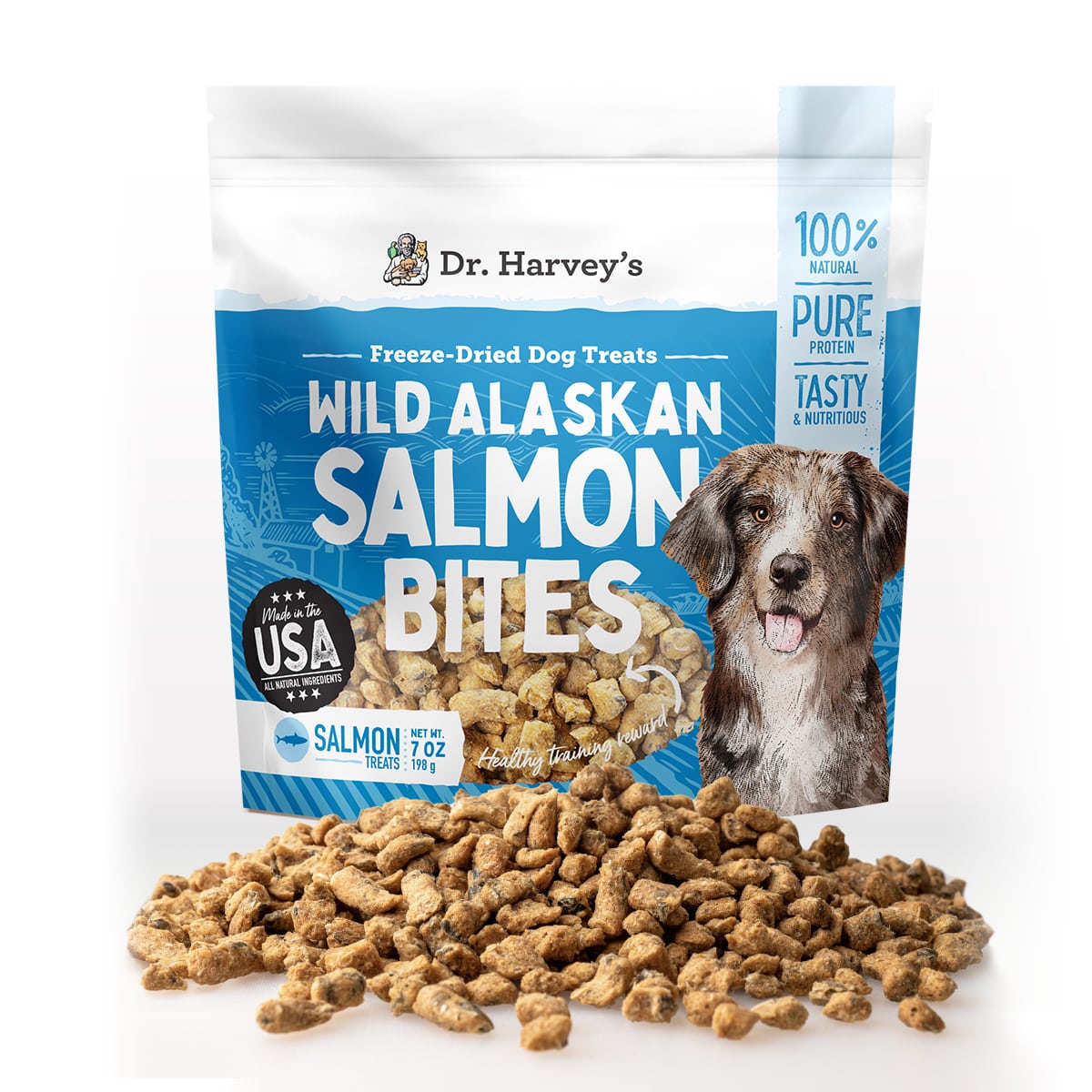
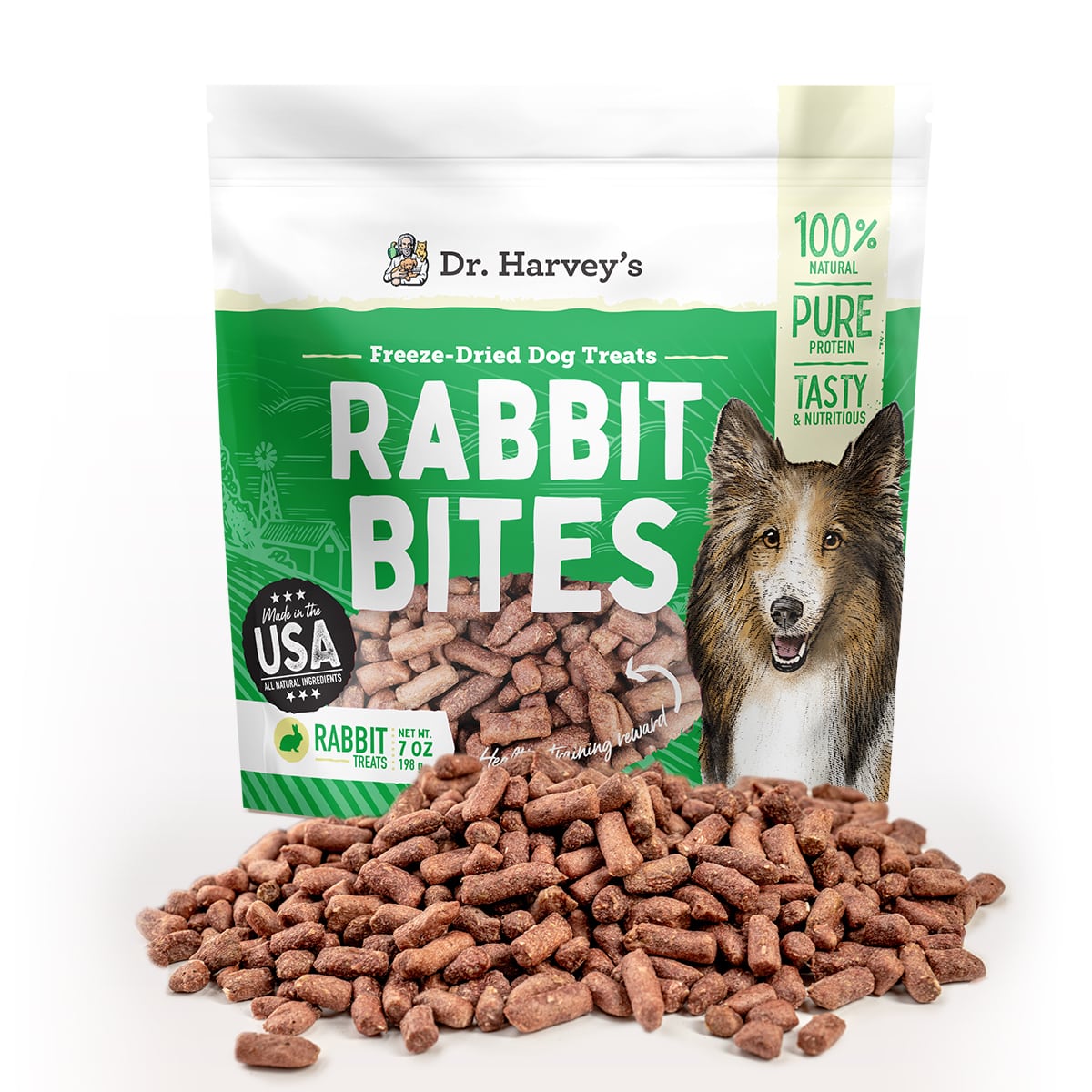
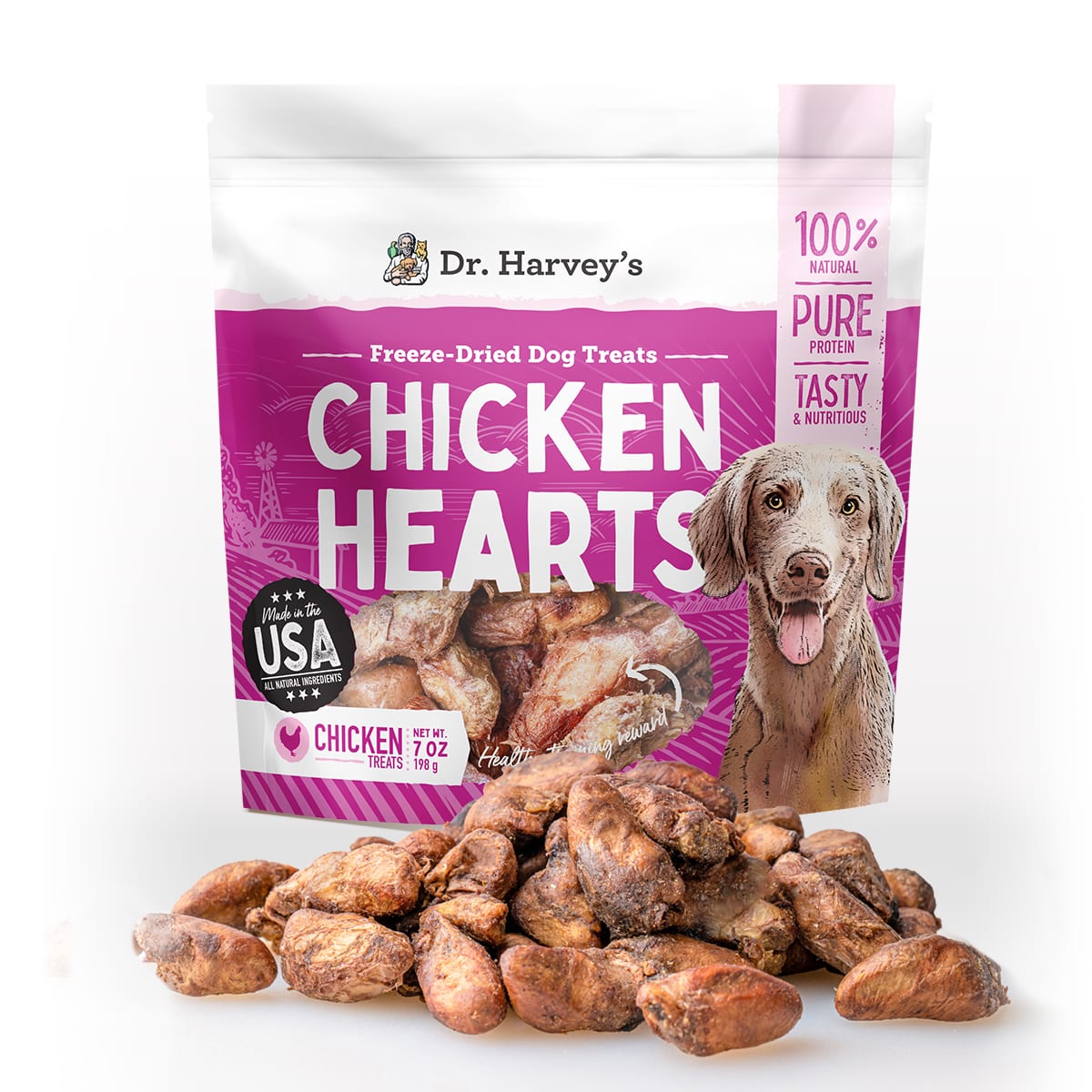
Tip 3: Speak to a Licensed Veterinarian
Most dogs who are fed a healthy diet, the right amount of calories and getting adequate exercise, will have slightly visible ribs and muscle development.
If you notice that your Great Dane seems overweight compared to other dogs, it is time to speak to your veterinarian and get medical advice to make sure there is not an underlying condition.
Your veterinarian can help you develop a weight-loss plan tailored to your dog’s individual needs that will help them slim down in a healthy way. This may include changes to their diet and/or exercise routine. By seeking pet medical advice you are making sure to get the best plan.
Tip 4: “My Dog is Too Skinny”
Something we hear very often when speaking to Great Dane owners is that they have a concern for their skinny Great Dane.
Don’t get me wrong, some families DO have an underweight Great Dane.
But, typically, those with a Skinny Great Dane, are those with pre existing conditions, medical ailments, or even parasites etc.
Are Great Danes Supposed to be Skinny?
The reason that this is an important topic is because pet obesity has become very… ‘normal’. When we go to the dog park, we generally see many overweight pups. Everywhere we go- pet parents are struggling to keep their dog at a healthy weight.
The truth is- if you have a skinny Great Dane- you PROBABLY have a ‘Healthy Weight’ Great Dane. Here are some example photos:
We have seen A LOT of Great Danes, and we have seen VERY FEW, that we could say ‘Your Great Dane is too skinny’.
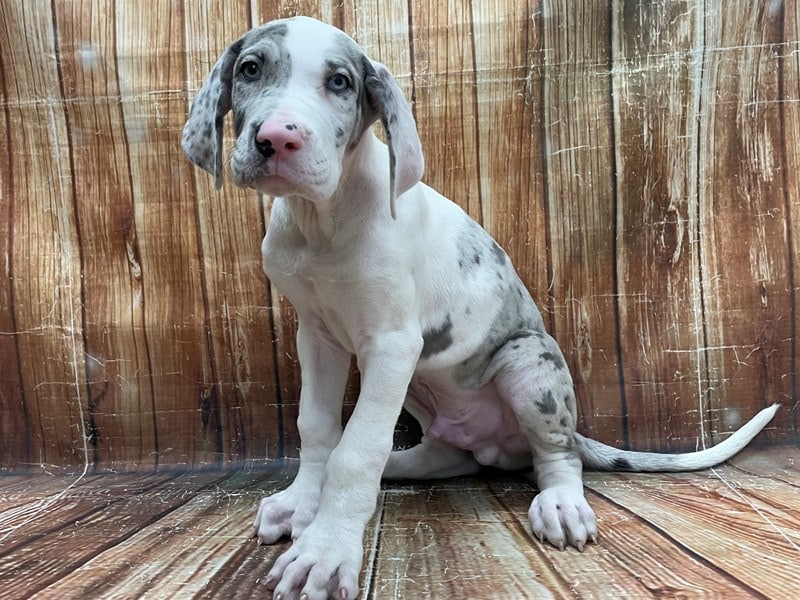
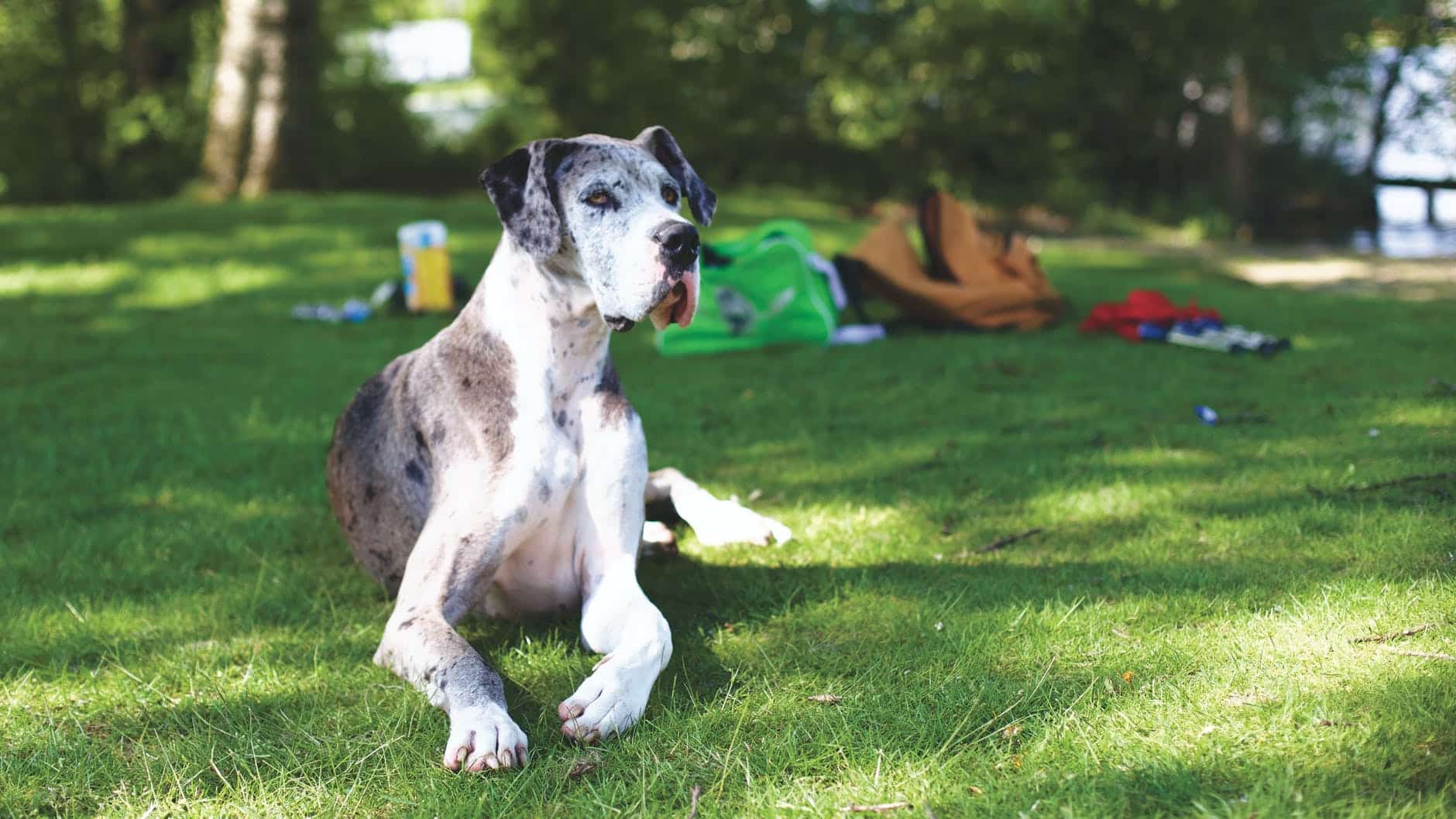
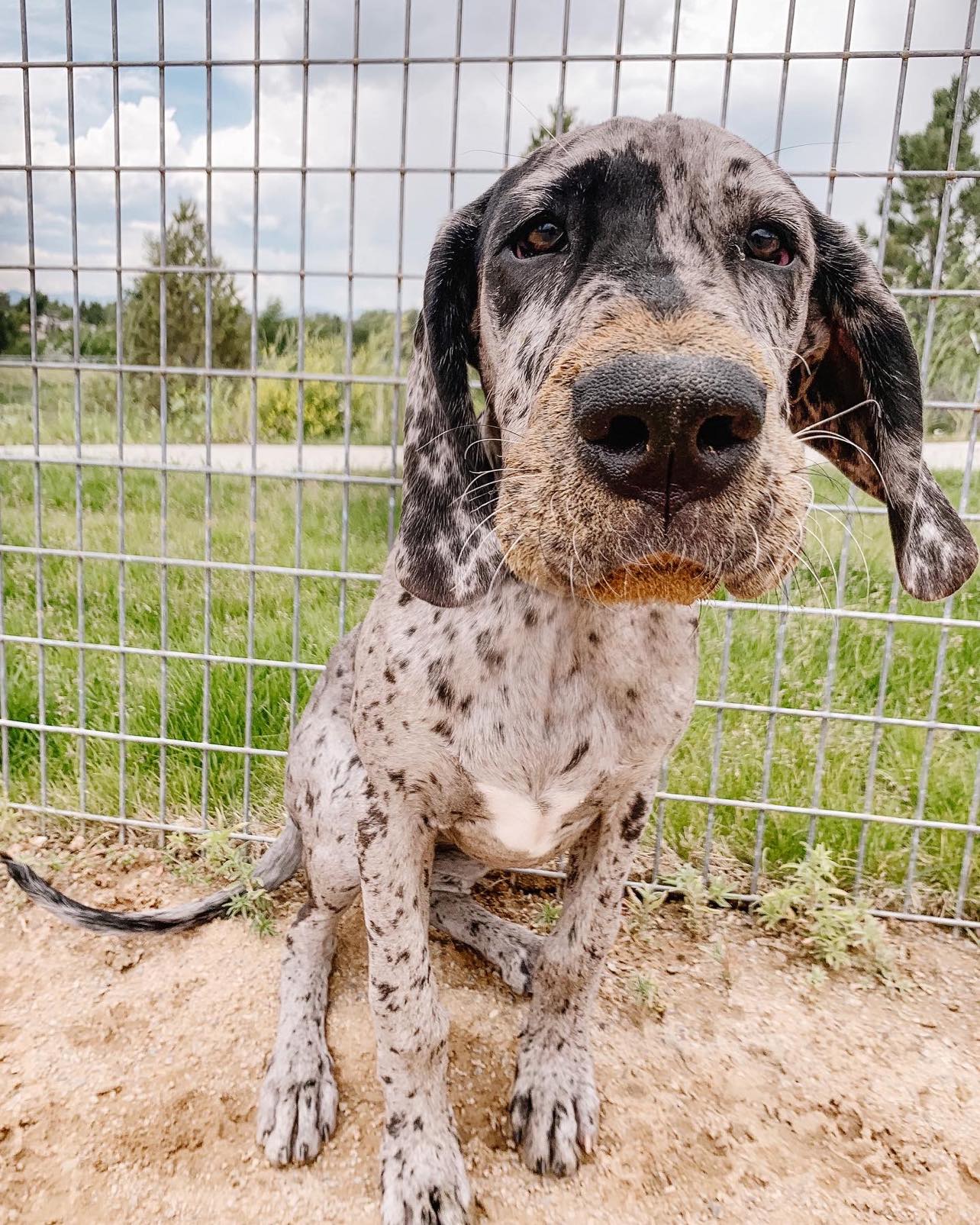
But, REALLY… My Great Dane is TOO THIN!
If you truly believe that your Great Dane is too thin, we have a few suggestions. However, this site does not constitute ‘bulking up’ your Great Dane, just because you want them to be bigger. You should examine both your female and male Great Dane thoroughly, seek veterinary medicine and advice, and understand the ramifications on their joints and health before intentionally causing them to gain weight. It is much easier to gain weight than it is to lose weight. Now, for the suggestions:
Good Quality Canned Food and Raw Toppers
Providing a raw topper or good quality canned food will increase your dog’s calories, without having to feed them more kibble. This is a great way to help your dog add weight, without over doing it. For your convenience, here are some raw healthy toppers:
Add Healthy Fats and Oils
You can also add healthy fats and oils to your dog’s diet. This is a great way to increase the calories they are taking in, without adding too much volume. Below we will link our favorite fish oils.
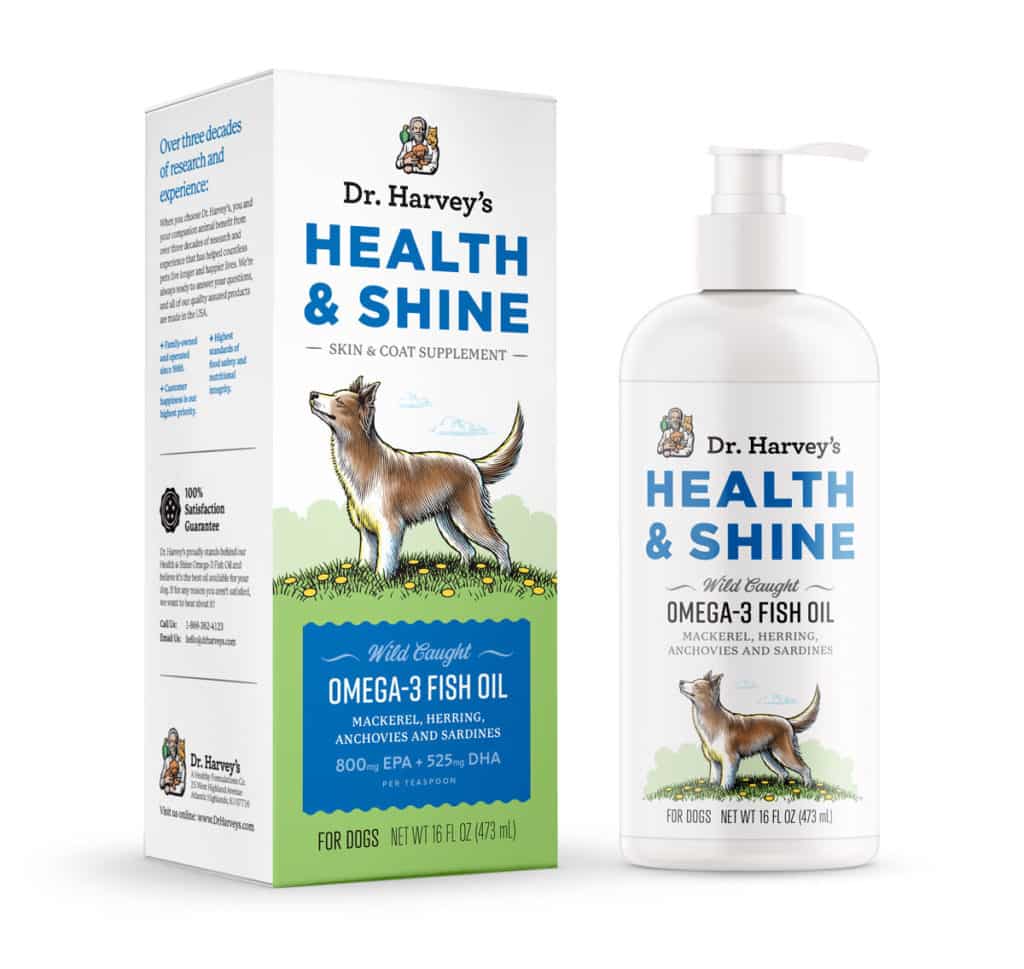
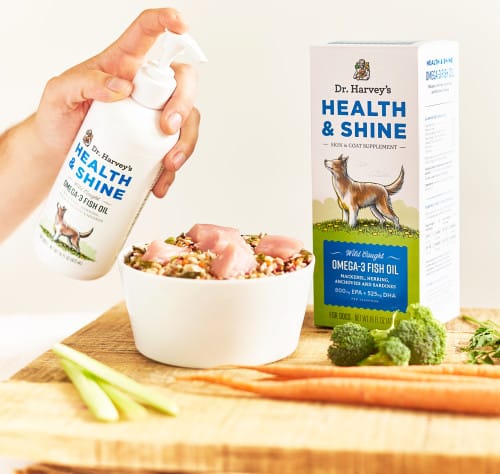
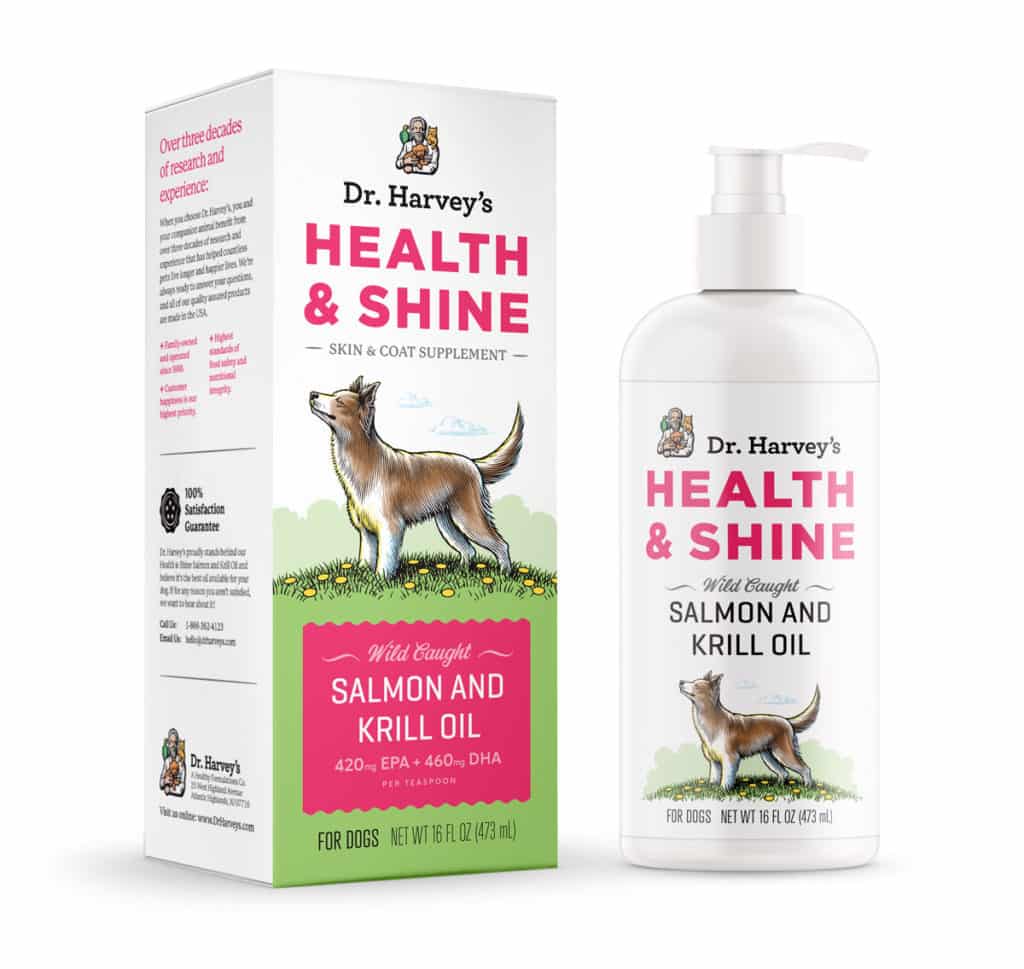
Feed Smaller Meals, and Feed More Often
You can also try feeding your dog more meals, more often throughout the day, with less food. This will help them feel fuller, without overeating.
Satin Balls
You can make your own satin balls, or purchase them. This is a high-calorie food that can help your dog gain weight.
Final Thoughts: Keep a Healthy Weight and Encourage Weight Gain with Caution
Keeping your Great Dane thin is one of the greatest gifts we can give them. It is our responsibility to make sure they stay at a healthy weight, so that they can enjoy their lives to the fullest.
Remember, it is easier to make a dog obese, than it is to make them lose weight. So please use caution when following any of the above suggestions and seek your veterinarian any time you have an issue that might constitute pet medical advice.
We hope you enjoyed this article. If you have any questions or concerns, please feel free to reach out to us. We would be happy to help!
READ MORE:


